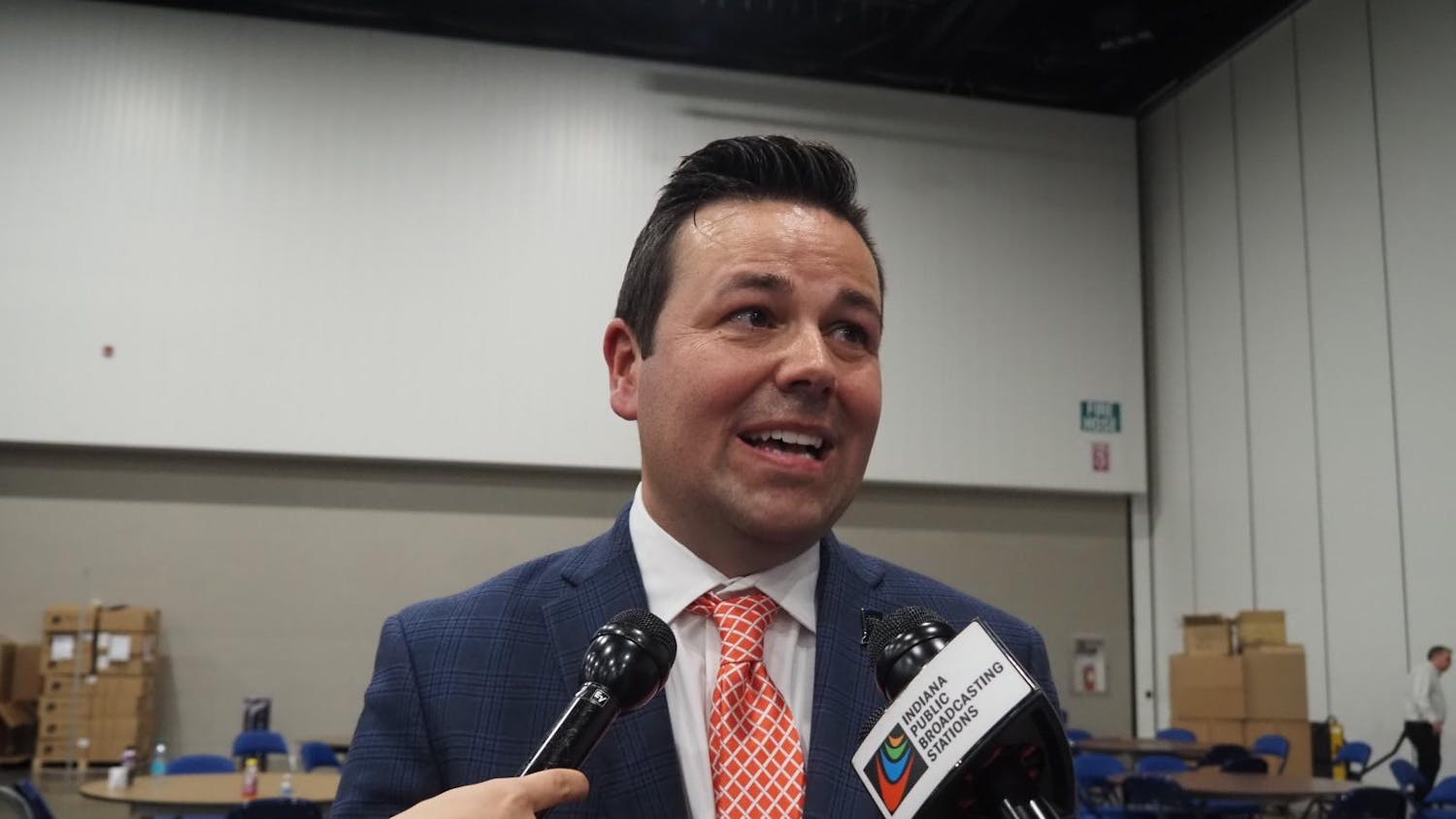It's a possibility that Indiana could face the rolling blackouts and sky-rocketing electricity prices that have plagued California and the West for the past few months. The state's energy crisis could ripple throughout the Midwest.\n"All regions of the country are vulnerable to inadequate power resources because of increased demand and a lack of development of additional capacity or supply," said Linda Williamsom, Cinergy's executive director in the Bloomington Economic Development Corporation.\nCinergy Corp., based out of Cincinnati, Ohio, serves 69 counties throughout Indiana including Monroe and Brown counties, making it Indiana's largest electric utility. \nAngeline Protogere, a Cinergy spokeswoman, said Indiana should not expect any immediate problems.\nBut the California situation has only worsened in past weeks. California Gov. Gray Davis has spent between $40 and $50 million a day to keep the lights on. \n"The cost of generating electricity continues to increase because of a number of factors including additional requirements from the (Environmental Protection Agency) for cleaner air," Williamson said. "I don't know what the immediate impact will be on electric bills -- though I believe there will have to be increases over time."\nThe energy crisis resulted from California's 1996 experiment with market deregulation. The deregulation kept strict price ceilings on what the utilities could charge consumers while freeing up wholesale energy prices. \nThe plan proved to be profitable for the utilities during the first few years until the recent shortage of power supply sent wholesale prices skyrocketing, putting utilities in a bind.\nAlthough more than 2,000 miles away, the problem isn't as distant as it seems.\n"The problems facing California could indeed face us here in Indiana," said Barbara Russell, executive director of the Brown County Chamber of Commerce. "Commerce effects will ripple out from the state of California to all of the United States with time."\nSouthern California Edison and Pacific Gas and Electric, California's two largest utilities, have been pushed into billions of dollars of debt. California has permitted only a 10 percent increase in retail power prices while power prices in the Northwest are rising by 20 percent to 50 percent. \n"The law of supply and demand for electricity itself will most surely cause bills to increase," Russell said. "Our government entities at the state level and with the Indiana Chamber of Commerce are looking at the future needs of our state and wrestling with these issues."\nCalifornia's crisis has already begun to spill over to other western states and Davis and other governors of the region met a week ago in Portland, Ore. to weigh their options with Energy Secretary Spence Abraham. \n"It is important that we anticipate increased electrical demands and plan for additional ways and locations to generate electricity, although that is not always a popular choice among Indiana residents," Russell said.\nAdditional capacity might be one way to avoid a shortage, Williamson said.\n"There are a number of issues with the development of capacity and/or additional plants most notably the cost of new plant construction and permitting. The merchant power plants may provide short term relief from the shortage," he said.\nThe merchant power plants are small electric plants focused on producing power for peak demand times. About 30 such plants have been proposed in Indiana, according to the Associated Press.\n"We must not only be concerned about the production of electricity but also about adequate infrastructure for the transmission and delivery of the power to communities, homes and businesses," Williamson said.
Power crisis a possibility for Midwestern states
Get stories like this in your inbox
Subscribe





